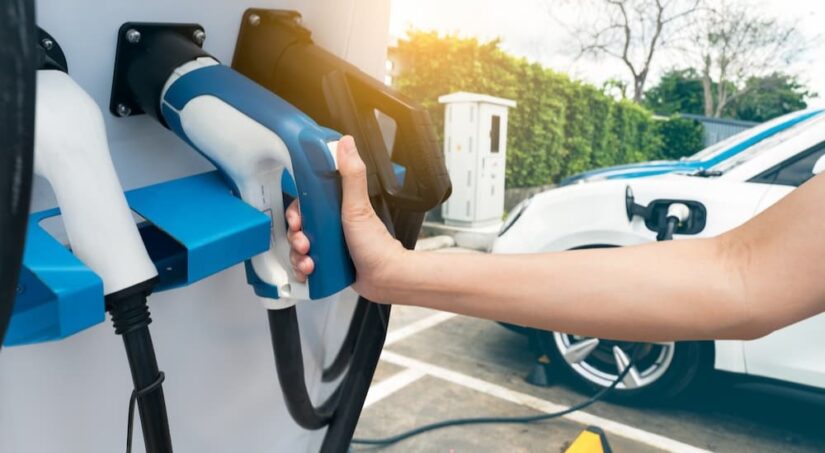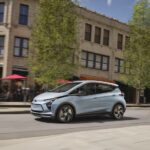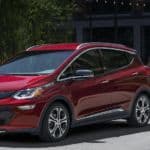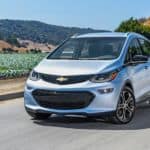From roadside service stations to supermarket parking lots, hotels and office parks to college campuses, it seems like electric vehicle (EV) chargers are everywhere you look in Alberta these days. This is good news for those who have already embraced this new wave of clean driving technology and a solid argument for making the switch for those who haven’t. More drivers than ever are seeking electric vehicles for sale, but worries around charging infrastructure and cost have prevented many from leaving their gas-powered models behind. According to a study by Exro Technologies, 47.7% of respondents cited access to EV charging infrastructure as the biggest hurdle to EV adoption.
Canada has long been a leader in EV charging infrastructure, with the federal government investing over $1 billion in the effort since 2016 as part of its Zero Emission Vehicle Infrastructure Program (ZEVIP). From a $5,000 rebate program to a 2020 budget that included over $280 million, Canada is well on its way to meeting its goal of developing 33,500 new EV charging stations by 2025. The long-term plan is even more ambitious, with ZEVIP aiming to unveil 84,500 EV chargers–and 45 hydrogen refuelling stations–across the country by 2029. With this sort of investment, it won’t be long before EVs become the go-to choice for drivers of all stripes, but for the time being, charging-related anxiety remains a real concern. Are EVs that much of a bargain when it comes to operating costs, and how long does it take to them? Let’s find out…
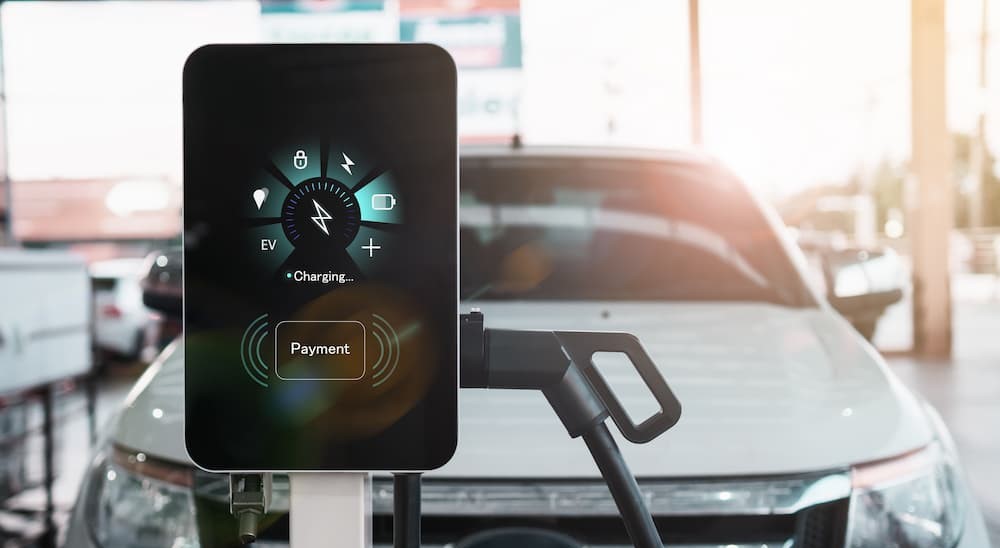
How Long Does Charging Take?
Good question; it all depends on the vehicle and what type of charger you’re using. There are currently three levels of EV charging available, with Level 1 representing the slowest method and Level 3 offering the quickest charge. Let’s take a closer look at each level and see what drivers can expect when it comes to EV charging time and the cost of the charger itself.
Level 1: Level 1 might be the most accessible form of EV charging, but it’s also the least efficient. The upside is that it doesn’t require any special equipment or a visit from an electrician since Level 1 chargers can be connected to a common 120-volt home outlet. The downside is the power output: you’ll only gain four to eight km per hour of charging, which means the average EV will take a good 40-50 hours to reach 100%. Level 1 charging is a little more practical if you’re dealing with a plug-in hybrid electric vehicle (PHEV) because it can typically be charged from empty to full in five to six hours. As far as cost is concerned, it’s hard to beat Level 1 chargers since they’re included with most EV purchases, and if you’re in the market for a replacement, they can be found for as little as $150.
Level 2: For most EV drivers, Level 2 represents the sweet spot when it comes to charging. Considerably faster than Level 1 chargers and a whole lot more practical than installing a massive Level 3 charger in your home, Level 2 charging goes a long way in making EVs a more practical and accessible choice. A Level 2 charger can add 15 to 30 km of driving range per hour, making it four to five times faster than a Level 1 charger. Whereas it can take a Level 1 charger more than two days to bring an EV’s battery to 100%, a Level 2 charger can accomplish the same feat in just four to 10 hours. That said, there are some drawbacks.
A Level 2 charger needs to be connected to a 240-volt outlet, which can be an expensive proposition for those looking to upgrade. Most homes are outfitted with at least one 240-volt outlet since they’re often used to power washers, dryers, and other large, power-hungry home appliances, but it can add a good $1,500 to $2,000 to the total cost of a Level 2 charger if you need an outlet added. The charger itself usually runs between $500 and $1,000 for the hardware, plus any labour costs. While this can be a bit of an investment, many provinces offer some sort of rebate program for the installation of Level 2 home chargers with incentives offsetting up to half the cost of a charger.
Level 3: Finally, there’s Level 3 charging. As you might expect, it’s hard to beat the speed and ease of Level 3 charging, which, unlike Levels 1 and 2, uses DC power to get your EV topped up in a flash. These direct current fast charging (DCFC) stations are tough to beat, with enough power to bring an EV up to 80% in between 20 minutes and one hour. This is possible thanks to the fact that a Level 3 DCFC adds as many as 390 km in just 60 minutes.
Of course, there are some downsides. First off, DCFCs don’t work with most PHEV vehicles, which means hybrid drivers will likely have to rely on gas stations and Level 2 charging if they need to extend their range. It’s also next-to-impossible to get a DCFC installed at your home, as they’re typically reserved for public charging stations along high-traffic corridors. If you have $50,000 to $150,000 to drop on a single DCFC and can find an installer willing to do the job, it’s possible, but the price puts these rapid chargers well outside the reach of most of us.
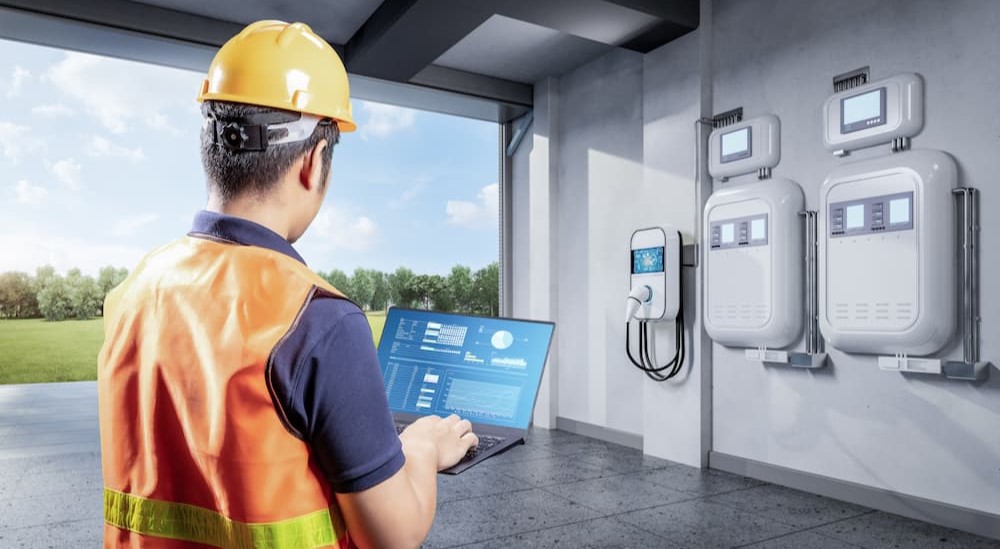
How Much Does Charging an EV Cost?
Once again, it depends on a few key factors. To calculate the cost of topping up your EV, you need two pieces of information: the size of your EV’s battery and the average unit price of electricity in your area if you’re using a home charger (Level 3 DCFCs excluded). Today’s average EV has a 80 kWh battery, so if you take that number and multiply it by the average cost for residential electricity at $0.165 per kWh in Canada, you’ll get a total of about $13.20. That might sound too good to be true but remember, it all depends on the size of your EV battery. While 80 kWh might be average, EVs are getting bigger all the time, especially when it comes to the new breed of EV pickups and SUVs. Some of these electric behemoths come with a massive 200 kWh battery, which would increase the cost of a charge to around $33.
So what about Level 3 DCFCs? There’s no beating the speed of a fast-charging station, but the convenience comes at a premium with Level 3 charging. Prices can vary, so you always want to pay attention to the rates of any charger you’re using. Level 3 chargers across Canada typically bill by the minute with a pay-per-use structure that averages to about $15/hour. Since that’s plenty of time for at least an 80% charge, expect to pay about that much.
What About Gas vs EV Charging?
Comparing the cost of your annual fill-ups to a year’s worth of EV charging can be very helpful when it comes to considering your next vehicle. First, let’s take a typical gas-powered model that consumes around 8.9 L/100 km. With the average Canadian driving around 20,000 km per year, they’ll use about 1,780 litres of fuel, which, multiplied by a recent average cost of $1.80 per litre, gives us a total of $3,204. Now, let’s look at a comparable EV. Taking that $13.20 per full charge figure from earlier and dividing it by the average EV range of 400 km will give us a cost per kilometre of $0.033, or about three cents. That gives us a total of $660 for a year of driving, giving EVs a clear advantage over their gas-powered cousins.

EV Charging Is Simple and Cheap
Given the dramatic price savings and ever-expanding network of charging infrastructure, it’s not that difficult to make the case for making the switch to EVs. While they might be more expensive on average than the typical gas-powered vehicle, they more than make up for it when you factor in the considerable fuel savings. The EV segment has largely been buoyed by the eco-conscious since the first hybrids hit the market in the early 2000s, but that’s all changing as a new generation of EVs offers a more practical choice for the average driver. Worries around charging are often cited as one of the biggest hurdles to widespread EV adoption, but with the Canadian government making such a substantial investment in terms of infrastructure and rebates, there’s never been a better time to explore this electrifying mode of transportation.
